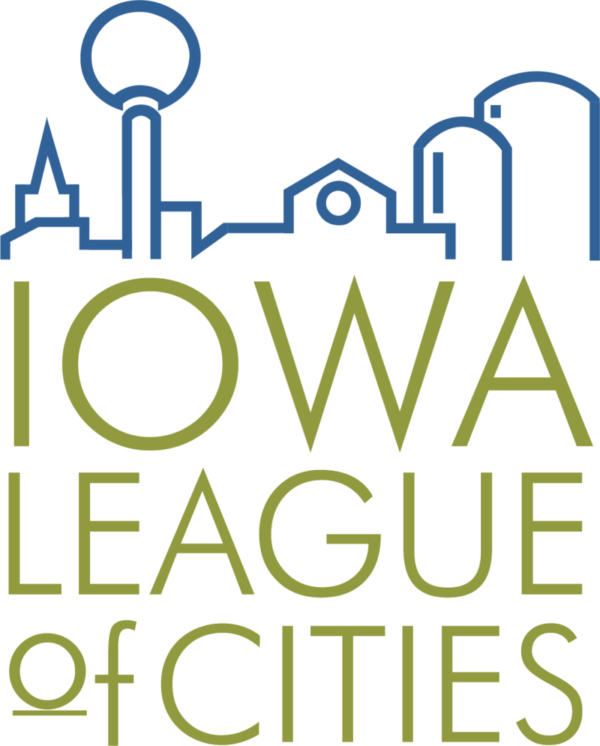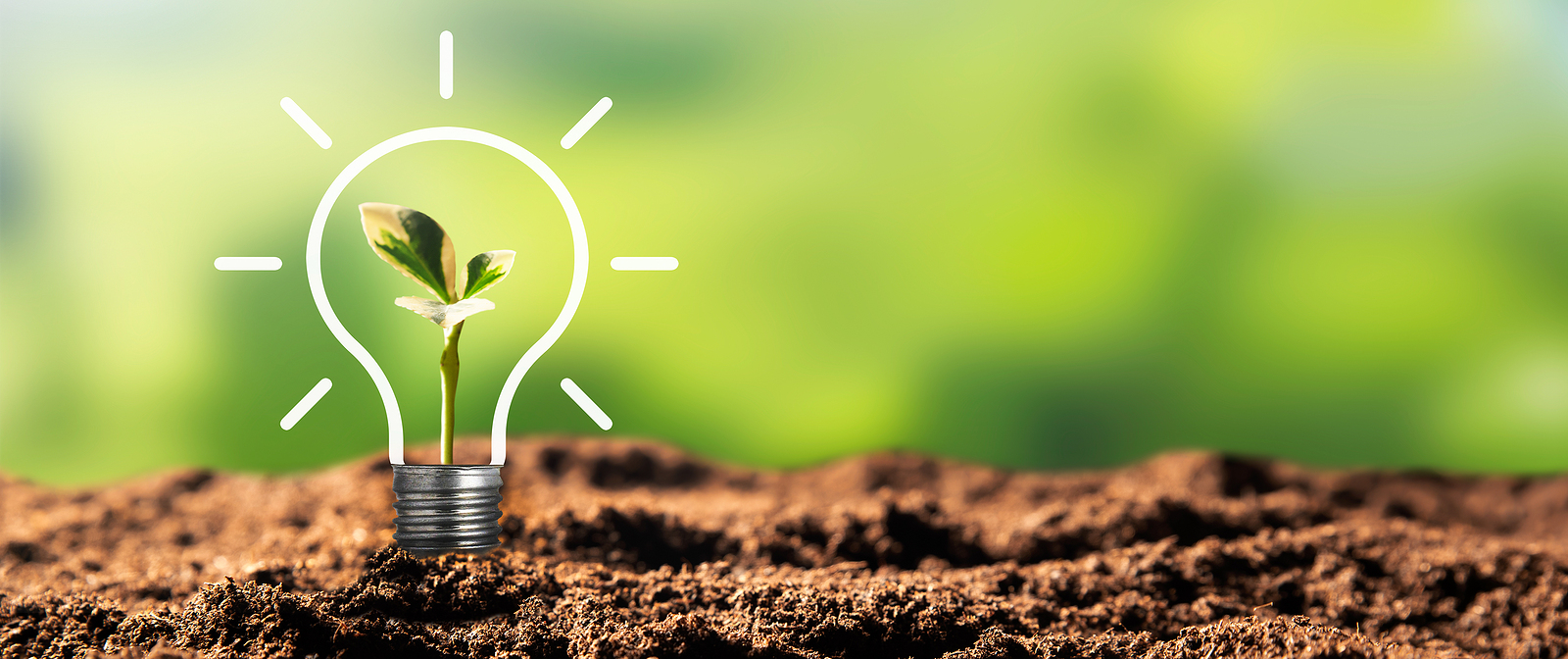A growing principle in municipal government planning efforts is the incorporation of sustainability concepts. These ideas can reach into nearly all parts of a city’s planning and design process, whether it be for a new street construction or working with private businesses to modify their buildings. City officials are looking to include sustainable designs as they see the benefits to the health of their citizens, the environment and economic development activities.
Green Building Standards for New and Existing Buildings
Green buildings, when part of a broader sustainability plan, consume less energy, produce fewer emissions, protect occupant health, minimize waste and create jobs. By adopting green building standards for public buildings, cities lead by example and help create a market for similar standards across a community. Cities may choose to apply standards to new construction or extend requirements to existing buildings based on certain requirements such as age and size.
The U.S. Green Building Council provides a number of helpful tools and resources for cities to get started and expand green building programs, including Leadership in Energy and Environmental Design (LEED).
Energy-Efficient Traffic and Street Lights
Amid rising energy costs and in anticipation of future demand, cities are finding new ways to curb consumption through greater efficiency. One increasingly effective strategy is to replace traffic and street lighting with energy-efficient light emitting-diode (LEDs). By converting to newer systems a city can reduce energy consumption by 40 to 90 percent when compared to existing systems, offering significant savings in utility bills and long-term maintenance costs. More information can be found on the Energy Efficient Street and Traffic Lights page.
Green Infrastructure
Availability, distribution, disposal and quality are just some of the challenges cities face regarding water resources. Depending on geography and season, specific issues may include droughts, flooding, access rights, infrastructure maintenance and pollution control. Green infrastructure, such as permeable surfaces, rain gardens, green roofs and urban forestry provide cost-effective and ecologically sound alternatives to traditional water management systems. These strategies also naturally recharge groundwater, improve water quality and reduce the heat island effect.
Street Designs and Energy Efficient Transportation
Green street designs seek to incorporate concepts that encourage safe transportation for various users, including pedestrians, cyclists, motorists and public transit riders. Complete streets is a program that offers different ways for cities to use planning and design strategies to create safer and more comprehensive transportation opportunities. More information can be found on the Advancements in Street Design page.
Increased access to alternative transportation has been shown to improve public health, reduce emissions and air pollution, increase housing values, promote economic development and contribute to a greater sense of place and community. Adding public transit options is a strategy that nearly any community can consider.
Another significant opportunity is available to cities that maintain and operate a fleet of vehicles for public transportation, emergency services or municipal operations. As a first step, cities are encouraged to conduct an inventory of current vehicles, identify where more fuel-efficient vehicles may be appropriate and determine if the overall fleet can be reduced through vehicle sharing across departments or through other alternatives. Several cities have also established “green fleet” policies that can significantly reduce fuel costs and emissions.
Economic Development Impact
A strong economy is fundamental to community sustainability. Small businesses in particular contribute significantly to local economies and overall community development. Cities may directly support and strengthen small business by adopting local purchasing agreements or establishing a ‘buy local’ awareness campaign.
Repurposing Underutilized Parcels
Developing vacant, abandoned, possibly contaminated and/or underutilized parcels can turn a community liability into an asset, foster economic development and reduce sprawl. Depending on size, location and condition, parcels may be converted into green space and community gardens, or developed for commercial and residential use. Common strategies to acquire and redevelop underutilized land include infill incentives and public-private partnerships. Of particular interest for sustainability is the repurposing of brownfields, which provide added public health and safety benefits, remove pollutants from soil and water resources and provide specialized job opportunities in clean-up and remediation.
Access to Fresh, Healthy and Local Foods
Sustainable communities are healthy communities. Yet a decrease in access to healthy, nutritious food options within America’s cities and towns has been cited as a leading cause of the rising (and in some cases epidemic) rates of obesity and other related diseases across the country. In addition to providing direct public health benefits, a focus on healthy and locally produced foods supports the local and regional economy and contributes to a sense of place and community. Strategies that cities can use to promote and expand food access include: the formation of farmers markets; incentivizing the development of grocery stores in underserved communities; and supporting or facilitating opportunities for urban agriculture such as community gardens.
Access to Affordable, Location-Efficient Housing
Approximately 12 million households pay more than 50 percent of their annual incomes for housing. When factoring in transportation costs associated with housing’s proximity to jobs, schools and other amenities – termed “location efficiency” – the true cost of housing can approach 60 to 70 percent of annual income. Housing location and affordability present a complex challenge and are directly linked to a combination of factors, including land use, economic development and transportation policies. Yet local leaders can and are taking steps to promote access to affordable housing, often within areas offering multi-modal transportation options. One effective strategy has been the use of incentives such as density bonuses, fee waivers, expedited permits and tax credit for housing developers to include a percentage of affordable housing units within a given project. Incentives can be used to increase the availability of affordable housing while also promoting specific objectives such as infill redevelopment and the incorporation of green building practices.
Information from the National League of Cities contributed to this page.






